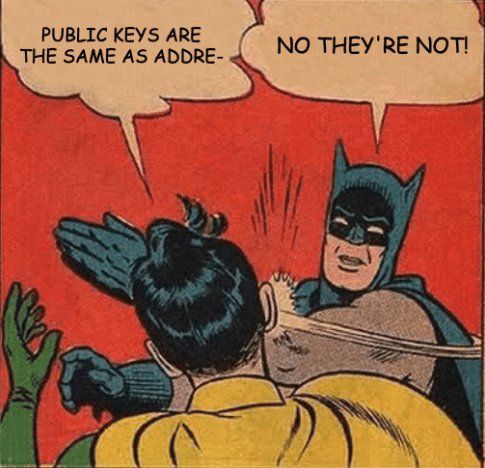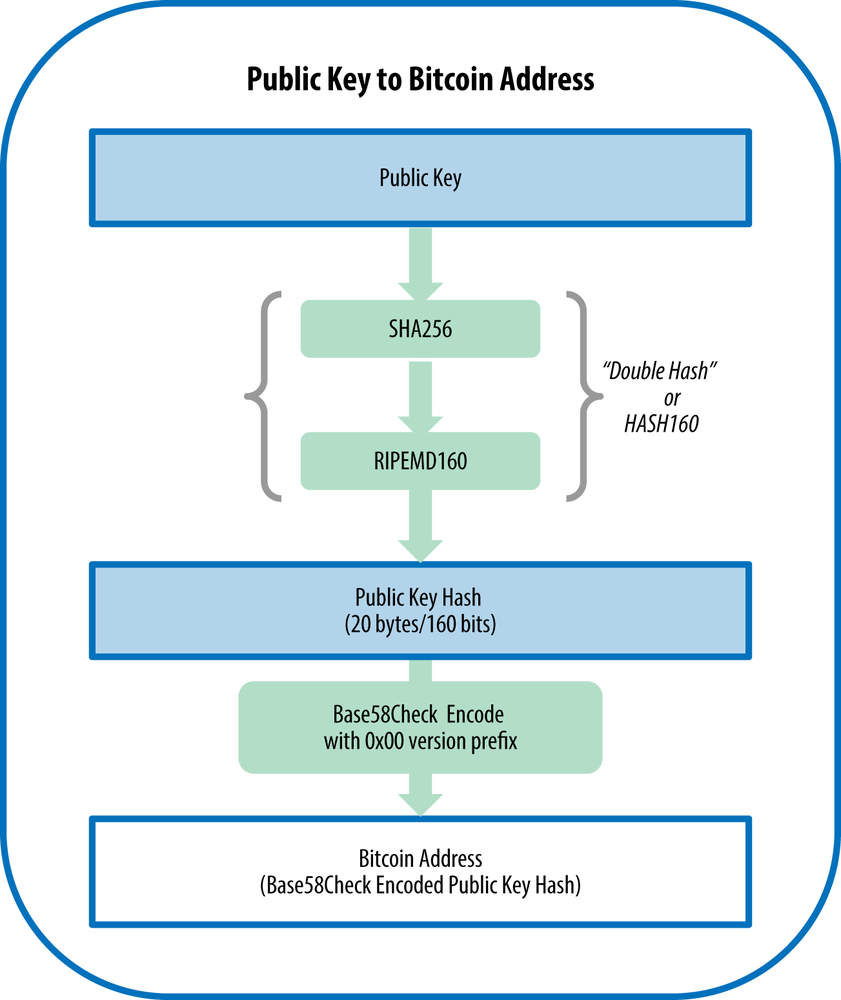Hot and cold Crypto Wallet (Address)
Today I learned how to explain the differences between a hot and cold crypto wallet and a wallet address.
Wallet
A wallet is a collection of private keys, like a key ring. It holds copies of each private key and each private key’s corresponding address. A private key is necessary to spend from an address.
Wallets are really keychains containing pairs of private/public keys. Users sign transactions with the keys, thereby proving they own the transaction outputs (their coins). The coins are stored on the blockchain in the form of transaction-outputs.
Wallet Address
An address is a public key to which transactions can be sent. To be accurate, an address represents a hash of a public key of an asymmetric key pair (public and private key).

Wallet Address (Hash): 0x207BC0f0C4E20C806299BE54ceca0a5b9cf07602
Public Key: 0x0268968b2ffdf391178374346875a54974054cfb15166a176bf93dac67d861606e
Private Key: 0x9b3f56cfbed5889ead6b11a038cc10141c9247edddc80b2556f4703048ee126b

Figure 2: Public key to bitcoin address: conversion of a public key into a bitcoin address.
Hot Wallet
A hot wallet is a tool that allows to receive and send tokens/coins. Compared to a cold wallet it’s faster and makes it easier to trade or spend crypto since it’s connected to the internet.
Cold Wallet
A cold wallet is not connected to the internet and therefore stands a far lesser risk of being compromised. Cold wallets can also be referred to as offline (paper) wallets or hardware (USB) wallets.
